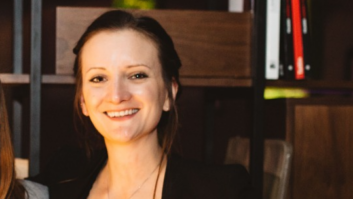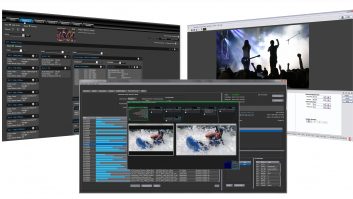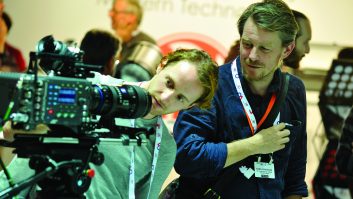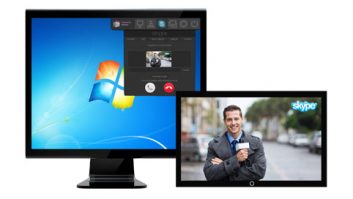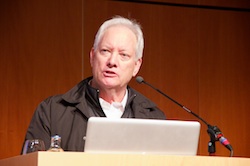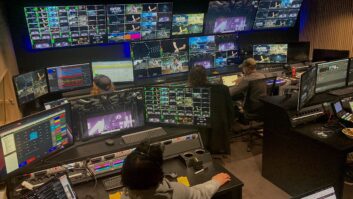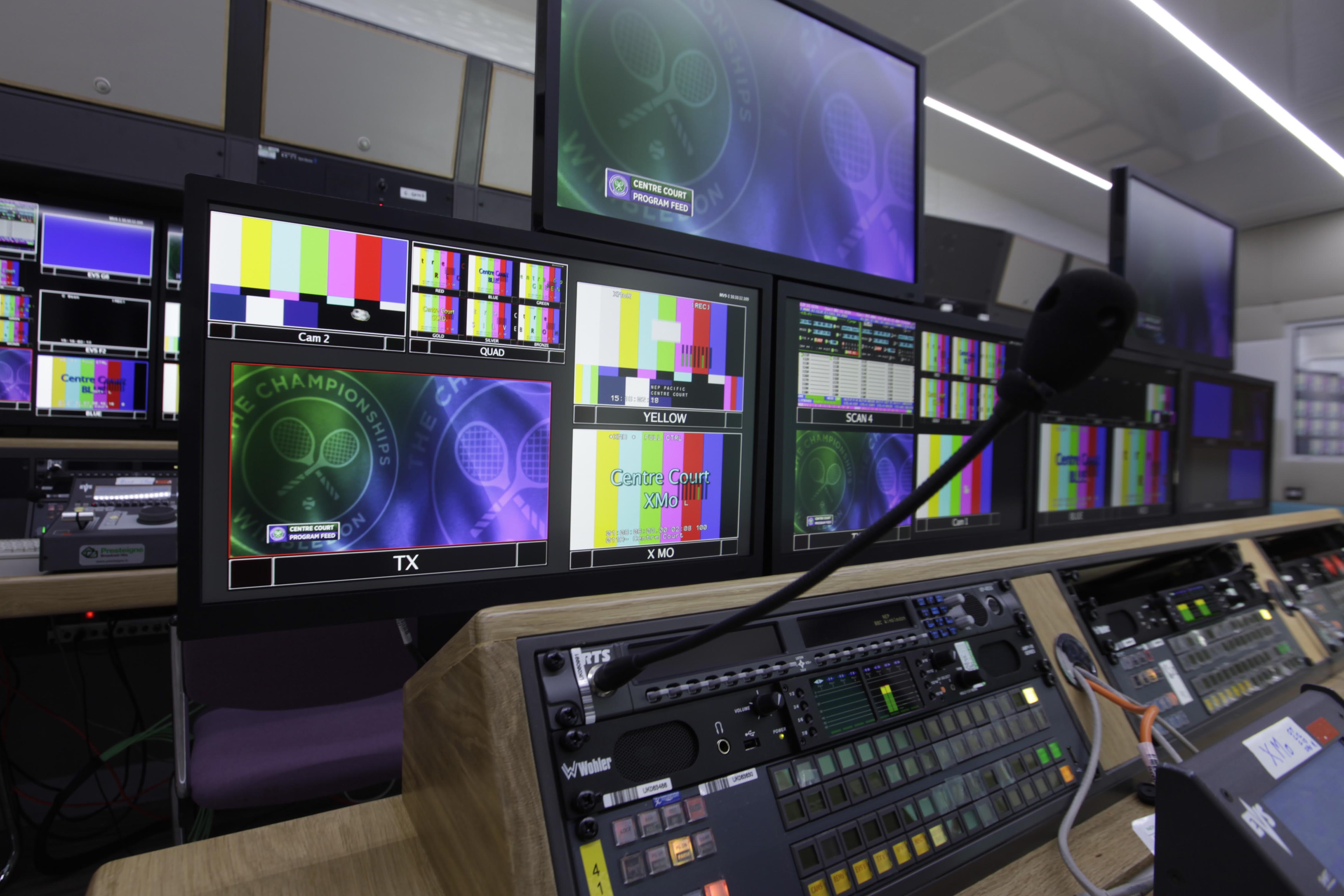
It would be impossible to claim that the 12 months since the last edition of IBC have been anything but highly eventful in the audio world. On the one hand there have been strong signs that we are about to enter a new phase of mixing and production thanks to the arrival of immersive and personalised audio technologies; on the other there have been some formidable individual product releases that attest to the robust health of the sector’s R&D departments.
If one was to single out a few specific developments, these might include: the continued roll-out of Dolby Atmos; multiple showcases for the MPEG-H 3D audio coding technology; and the ongoing adoption of the AES67 AoIP standard and/or Audinate’s Dante media networking technology, with the latter recently passing the 300-manufacturer, 750-product milestones.
At IBC2016, one can expect many of these trends to be reflected both on and off the show floor. Indeed, one particular conference session, ‘Advanced ideas in audio production’ (12 September, 0830-1000), looks set to combine many of the key threads. Devised to examine three new influences on audio production and look at how they will impact on workflow and content management, the session will begin with an examination of IP audio production ‘which will recommend a new IP-based facility control structure together with dynamic allocation of production resources’.
The far-reaching session will also address ‘novel ideas and innovative workflows in multilingual production which have already been prototyped and applied by a global news organisation,’ before moving on to an analysis of how audio may be used in immersive storytelling ‘to stimulate emotional responses’.
Taking place on the same day, another conference session, entitled ‘Advanced technologies for audio in association with IEEE BTS’ (1100-1300), also promises to deliver some tantalising hints of the broadcast soundworlds to come. The focus here will be to look at new audio system technologies for both UHD TV and cinema platforms, with expert speakers set to review the latest standardisation activities, delivery and playback techniques, and 3D spatial representations supporting immersive sound systems.
Whilst it is clear that immersive audio for broadcast is at a very early stage, these sessions should provide some firm ideas about how these technologies might be applied in the next few years, as well as highlighting some of the challenges that will no doubt arise for workflows and production practices.
Meanwhile, out on the show floor, IBC visitors should expect the usual abundance of major product launches. The first flurry of press releases was just beginning to come through at the time of writing, with Jünger Audio and Nugen Audio among those making intriguing pre-show announcements.
From Jünger Audio comes the news that the company will demonstrate its Smart Audio concept throughout IBC. In the firm’s own words, Smart Audio “means investing in simple, reliable and predictable equipment that can automatically deliver audio content while maintaining the high quality that consumers rightly expect.” The concept has already been adopted by a number of broadcasters, notes the company, including Input Media in London and the ARD Tagesschau television news service in Germany.
Jünger Audio’s CEO Peter Poers comments: “Auto-Level, Auto-Upmix, Auto-EQ, Auto-MIX, Auto-Loudness, Codec System Metadata Management – the intelligent combination of all these Jünger Audio adaptive algorithms will create the solution that delivers Smart Audio, and programme loudness will also automatically match – as expected.”
To highlight this concept, Jünger Audio will be showing its full range of D*AP products that can deliver a Smart Audio experience because every device already incorporates a collection of these adaptive processing algorithms. They also employ the industry-standard Ember+ remote protocol that facilitates integration with an increasingly wide range of compatible equipment.
Nugen Audio is among the other technology developers to have made an early start on its IBC2016 announcements. Its show highlights will include the AMB (Audio Management Batch) processor, which is a new solution based on the concept of the company’s Loudness Management Batch (LMB) processor. Through new features such as threaded algorithm processing and multiple processing threads that are addressable for simultaneous parallel handling of files and queues, AMB will enable post facilities to speed workflows and reduce delivery times.
Jon Schorah, founder and creative director of Nugen Audio, comments: “We developed AMB in response to customer demand for increased flexibility, more processing power, and scalable access to expanded capabilities. With AMB, our customers will have access to a broader array of Nugen Audio’s award-winning processor technologies, all designed to radically speed up workflows. We encourage IBC attendees to visit our booth and hear more about our integrated services as a key provider of batch file audio-processing solutions.”
Also on show will be an upgrade of the Halo Upmix software for upmixing stereo audio to surround. The latest version of Halo Upmix adds a new set of algorithms for upmixing from multichannel audio to higher channel counts, including LCR to 5.1, 5.1 to 7.1, and 7.1 to 9.1. The 9.1 option allows the introduction of vertical positioning into the upmix, generating a 7.1.2 (Dolby Atmos) bed track-compatible upmix. According to Nugen Audio, this capability provides users with greater flexibility for high-quality archival restoration, content repurposing, post production, and sound design.
This is no doubt the tip of the iceberg when it comes to the new launches set to grace IBC2016. But the early indications are that for the audio community it will be another landmark show as manufacturers strive, and succeed, to keep pace with the enormous underlying changes that promise to usher us all into a new era of broadcast audio.
NEP using Dante in latest OB truck
Wimbledon 2016 witnessed one of the first major outings for NEP’s latest OB truck, Pacific (pictured). It is the first of four UHD vehicles that are due to launch between now and October, with the entire quartet set to feature largely similar specifications – the aim being that personnel can work easily in all of them with a minimum of readjustment.
Genelec monitors and Telex intercoms are among the integral components of Pacific’s audio section, whilst the truck also continues NEP’s long association with console maker Calrec. Jim Green, international sales manager at Calrec, spoke to TVBEurope about the latest chapter of its history with NEP.
“NEP Visions purchased four identical 56f Apollo consoles for their new fleet of UHD trucks; Pacific is the first to become operational and is already on the road. The truck is fully 4K capable, and interestingly is the first Calrec console which NEP Visions has installed to take advantage of the Dante implementation supported by Calrec consoles.
“NEP Visions are using Dante to provide the interface between their comms system and their Calrec consoles, giving them the increased flexibility this AoIP technology offers. Many of our customers are using different AoIP formats and it’s important that as a manufacturing partner we are able to help them leverage this technology, whatever the format. It’s vital that broadcasters and facility providers such as NEP Visions can be confident that they’ll benefit from Calrec’s knowledge and support as they move into an AoIP future.”
